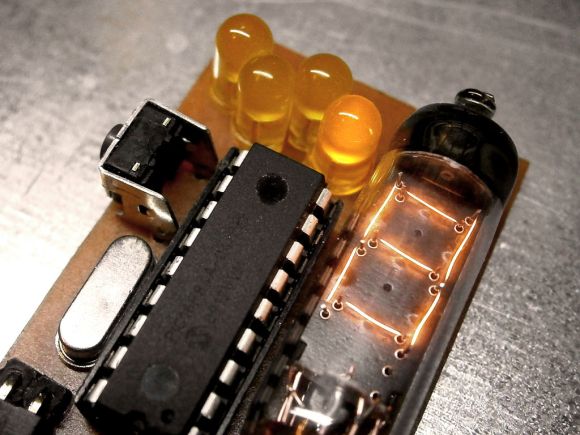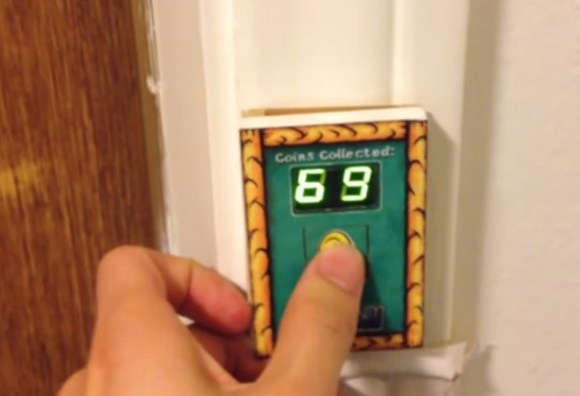
When [brokengun] decided to build a 7 ft diameter wind turbine, he had no idea how to even start, so he did as most of us would do and read some books on the topic. His design criteria was that it would be simple to construct and use as many recycled parts as possible. This wind turbine charges a 12 volt battery which can then be used to power a variety of gadgets.
Although made from recycled components, this isn’t a thrown together wind turbine. A lot of thought went into the design and build. [brokengun] discusses matching the blade size to that of the generator in order to maximize power and efficiency. The design also incorporates a feature that will turn the turbine perpendicular to the wind if the wind-speed gets to high. Doing this prevents the turbine from being damaged by strong gusts.
For the main support/hub assembly, a Volvo 340 strut was used because they are widely available, cheap and known for being long-lasting. The tail boom is made from electrical conduit and it’s length is determined by the size of the main fan rotor. The tail vane is made from steel sheet metal and its surface area is also dependent on the fan rotor size to ensure that the turbine functions properly. The blades are made from wood but instead of making them himself, [brokengun] felt these were worth ponying up some cash. [brokengun] also scored a 30 ft high lattice tower an airport was getting rid of. This worked out great as it’s just the right height for a turbine of this size.
Continue reading “7-Foot DIY Wind Turbine Proves Size Matters”




 Do you want to use your time more productively but are tomato-averse? [Robin]’s
Do you want to use your time more productively but are tomato-averse? [Robin]’s 










